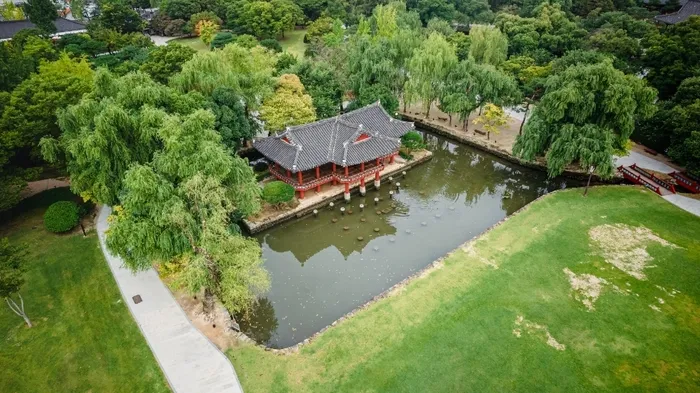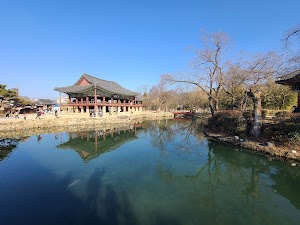Gwanghalluwon Garden is a beautiful traditional garden located in Namwon, Jeollabuk-do, South Korea. Created during the Joseon Dynasty, this garden is composed of beautiful pavilions, ponds, bridges, and forests, and is considered one of Korea’s representative traditional gardens.
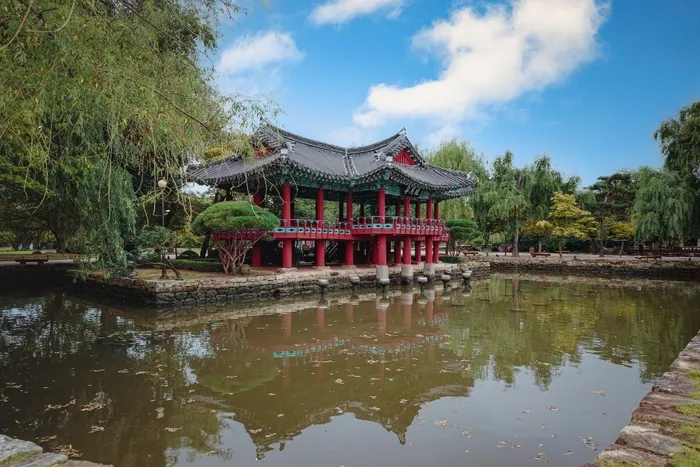
Key Features:
Historical Significance:
- Gwanghallu is a pavilion built during the Joseon Dynasty and is one of Korea’s representative traditional buildings.
- It is famous as the backdrop for the classic Korean love story, Chunhyangjeon, and is a place associated with Korea’s representative love story.
Beautiful Scenery:
- Gwanghalluwon Garden is composed of beautiful ponds, bridges, and forests, allowing visitors to appreciate the beauty of traditional Korean gardens.
- In particular, Ojakgyo Bridge is a representative symbol of Gwanghalluwon Garden, containing the legend of Gyeonwu and Jiknyeo (Altair and Vega).
Cultural Events:
- Various traditional cultural events such as the Chunhyang Festival and Dano Festival are held in Gwanghalluwon Garden.
- It is a space where you can experience and enjoy traditional Korean culture.
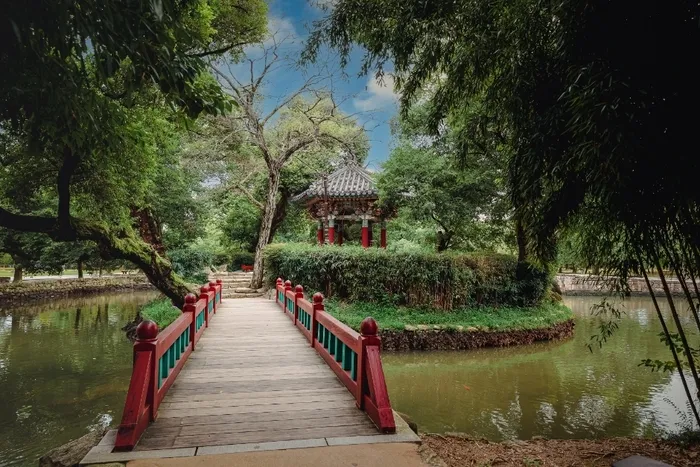
Main Attractions:
Gwanghallu Pavilion:
- Gwanghalluwon Garden is a pavilion built during the Joseon Dynasty, boasting beautiful architectural aesthetics.
- You can go up to the pavilion and enjoy the surrounding scenery.
Ojakgyo Bridge:
- A bridge containing the legend of Gyeonwu and Jiknyeo, it is a representative symbol of Gwanghalluwon Garden.
- It is a great place to take pictures while walking on the beautiful bridge.
Chunhyang Museum:
- A space where you can view various exhibits related to Chunhyangjeon.
- You can learn about the background and characters of Chunhyangjeon.
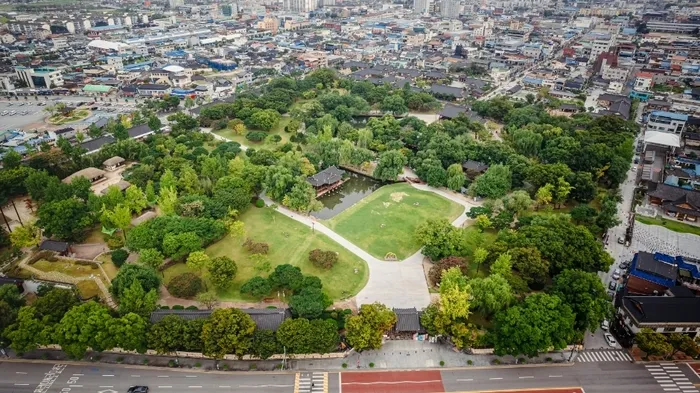
Gwanghalluwon Garden is an attractive place where you can appreciate Korea’s beautiful traditional gardens and experience traditional Korean culture.
